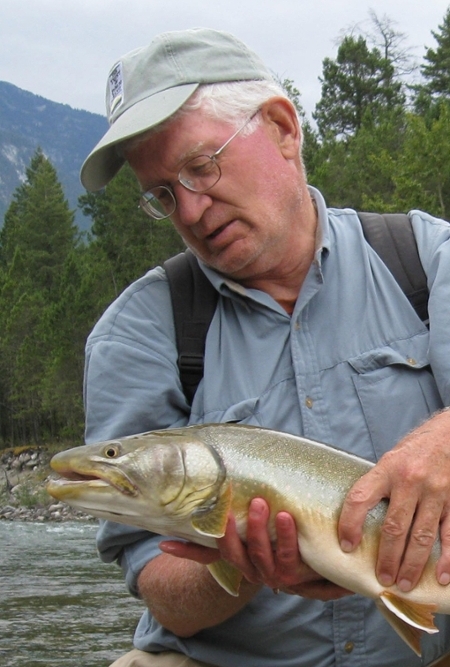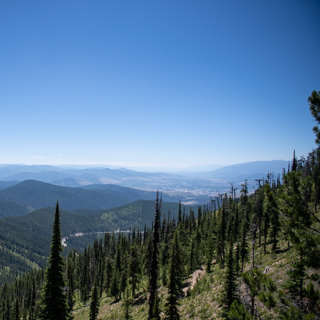Ted Smith
Fulfilling a legacy

The vision of training a new generation of storytellers in tackling big conservation issues belongs to Ted Smith. A leader of philanthropy, he was a pioneer of conceiving environmental challenges at the level of entire ecosystems. He recognized that the complexity of both problems and solutions was a barrier to public action. An accomplished writer himself, he recognized a need for journalists trained to engage communities by explaining the science behind the policies that affect our backyards.
Raised in Missoula, Ted worked seasonally for the Forest Service before venturing to California for a Ph.D. and to Indonesia as an officer of the Ford Foundation. As the executive director of the Kendall Foundation, he helped build conservation capacity of numerous organizations in Montana. What follows are excerpts from Ted’s writings about growing up in Montana.
“I probably was still in elementary school -- perhaps 13 or 14 years old -- when our parents dropped my brother and me off at a wilderness trailhead and agreed to meet us three days later at the same spot when we returned from a backpack into the Bitterroots along the Montana-Idaho border. We counted on fish to sustain us on these outings and never gave much thought to grizzly bears. Years later I would parachute into a forest fire deep in that country…
Growing up in the mountains of Montana almost assured that wilderness would be an abiding value in my life and that working in the woods would be likely. For six summers I served with the U.S. Forest Service in the Northern Rockies. I started with a blister rust crew in Idaho, sharing a mountain-op fire lookout with chipmunks, and then attacking forest fires as a member of a “Hotshot Crew” of highly trained fire attackers; for three summers I was a smokejumper based in Missoula and Fairbanks, Alaska…
From summer smoke-eating employment I moved on to expanding encounters. To be a part of the Cal/Berkeley experience in the mid-1960s was to discover that the world could indeed be changed for the better if we fought for it; I’ve never lost that imprint…
The ultimate measure of value for me is not how much I could absorb as a committed learner, but how much value I could offer in return.”
Before Ted’s plans to build journalistic capacity could come to fruition, he died in a hiking accident in the Mission Mountains in 2012. Following his death, a group of his family and friends approached the University of Montana’s Master’s program in Environmental Science and Natural Resource Journalism to discuss ways to realize his vision.
In the spring of 2014, the program convened journalists, scientists and conservationists for a weekend retreat near the Rocky Mountain Front to discuss how to overcome barriers to storytelling on large-landscape conservation. Now, with the first two journalism students venturing into the Crown for in-depth reporting, Ted’s vision becomes reality.
